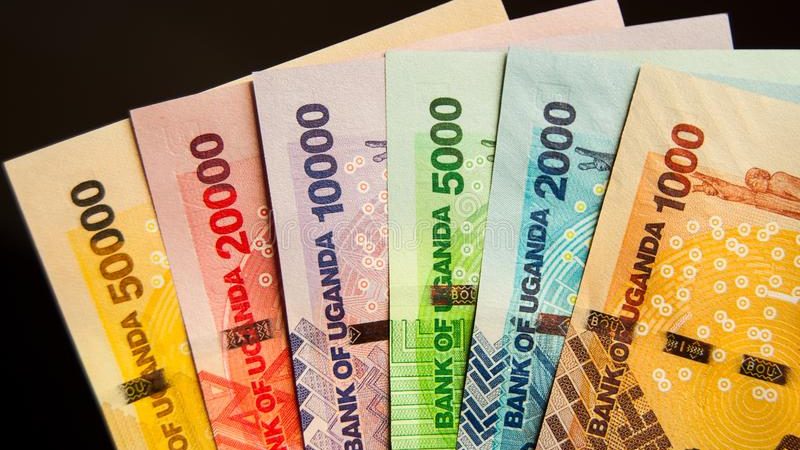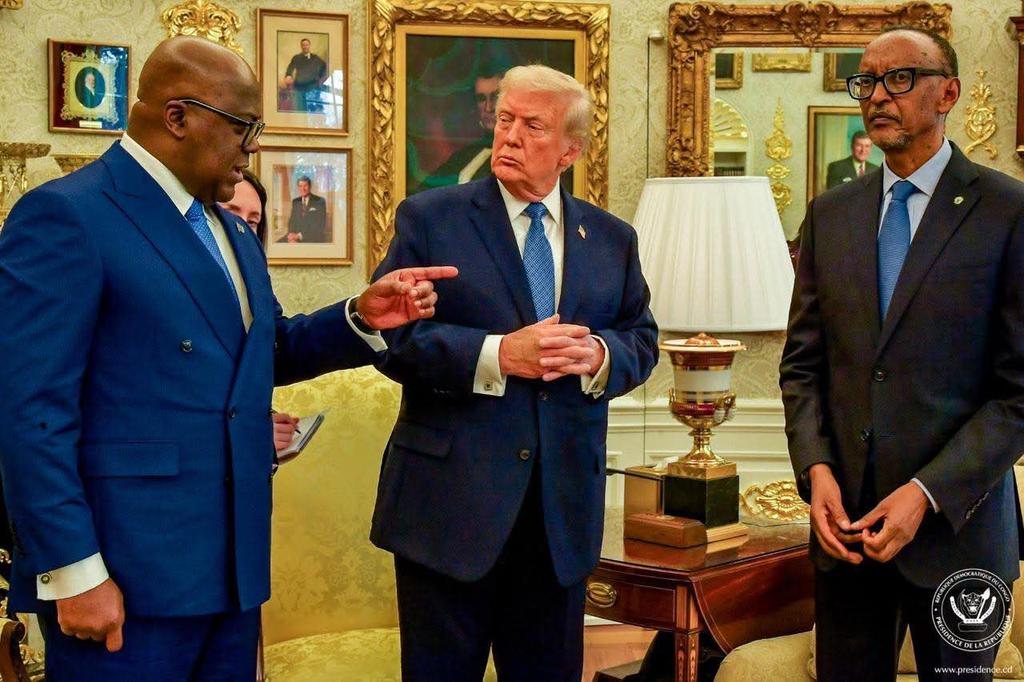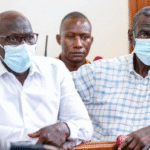The Ugandan shilling closed April trading steady within the 3655–3670 range, supported by dollar inflows from commodity exporters and offshore investors, according to Richard Nsubuga, Acting Head of Trading at Absa Bank Uganda.
Demand for hard currency remained subdued throughout the week. Looking ahead, we anticipate the shilling will retain its stronger position at the start of the new month, buoyed by end-of-month inflows, although demand is expected to pick up as the month progresses.
Nsubuga noted that money markets were liquid during the past week, with overnight and one-week funds averaging between 8.00% and 11.00%. Liquidity is expected to persist in the coming days. The Bank of Uganda is scheduled to conduct a Treasury Bill auction this Wednesday, offering UGX 355 billion. Strong participation from market players is anticipated.
The Kenyan shilling strengthened, trading within the 129.20–129.50 range. However, it may come under pressure due to increased demand from portfolio investors and the energy sector. We expect the local currency to continue trading between 129.00 and 129.60 in the near term.
“The dollar index rose to around 99.98 on Friday, as optimism over global trade negotiations improved market sentiment,” Nsubuga added. “Investors became more hopeful that tariff pressures may have peaked under President Donald Trump, following his remarks on potential trade agreements with India, Japan, and South Korea, and his confidence in securing a deal with China.”
Gold prices dropped below $3,230 per ounce on Friday morning, as easing trade tensions reduced the metal’s appeal as a safe-haven asset. President Trump suggested he has “potential” trade deals in progress with India, South Korea, and Japan, aiming to pivot his tariff strategy toward formal trade agreements.
Meanwhile, WTI crude futures hovered around $58 per barrel on Friday, supported by a broader rally in U.S. equities, driven by strong tech earnings and signs the Trump administration might scale back tariff threats.
Earlier in the week, oil prices had fallen over 2%, hitting a yearly low of $56.50 per barrel amid demand concerns and expectations of increased supply from OPEC+. Saudi Arabia indicated its readiness to handle lower prices and may push for increased output at the upcoming May 5 meeting.

















